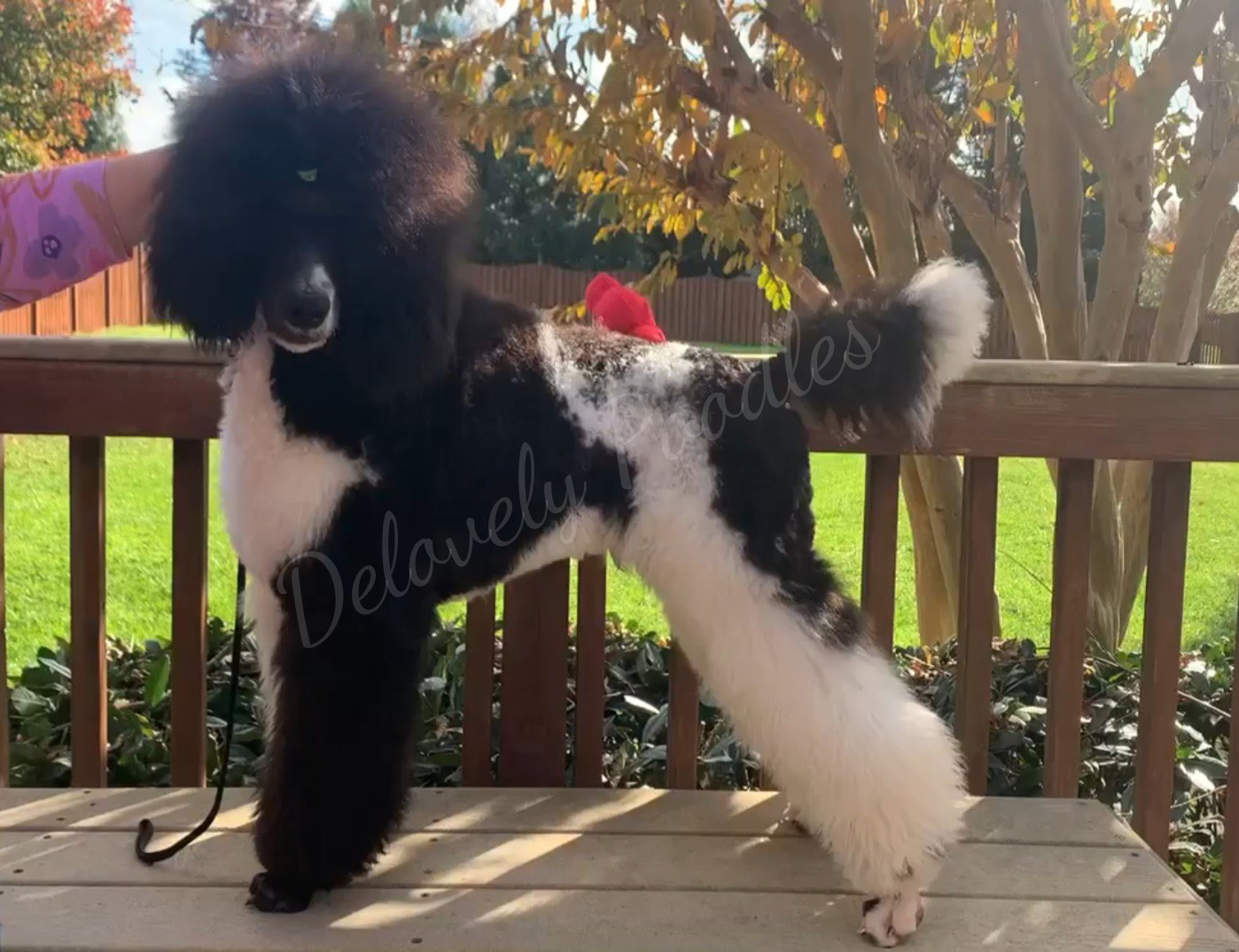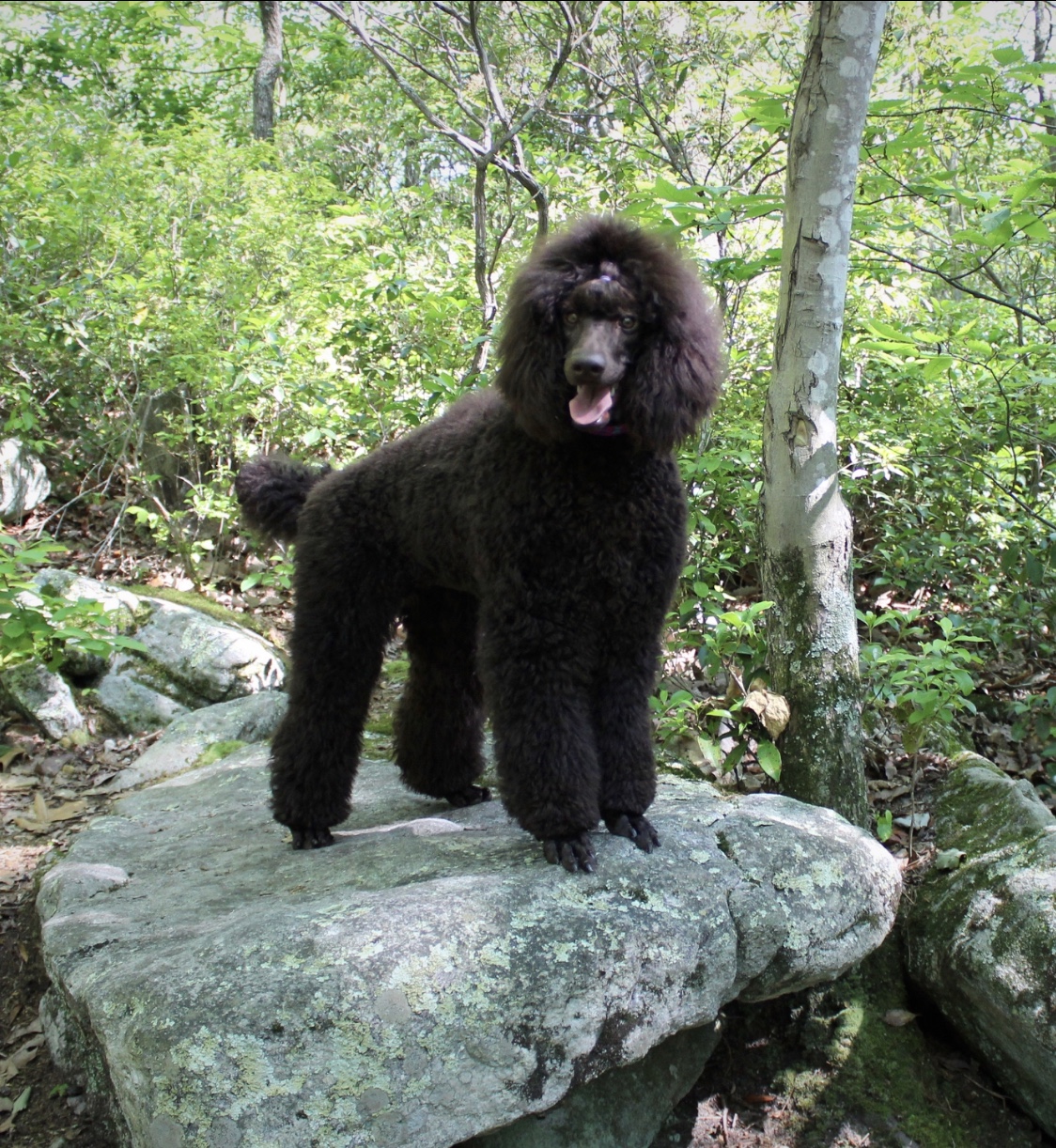
Litter Prediction: Outlier Index
Average 0.30
| Minimum to Maximum OI 0.12 to 0.55 |
|---|
The Outlier Index shows how unusual a dog is for the breed. Mouse over the lines to see the percentage of the litter that is likely to be at each level of OI. |
LITTER SUMMARY Delovely's Make My Day |
|
|---|---|
Parent's Genetic Relationship: Category 10 | Equivalent of Unrelated |


Sire's |
Dam's |
1001 | 2009 |
1001 | 2001 |

Litter Prediction: Internal Relatedness
Average -0.03
| Minimum to Maximum IR -0.32 to 0.27 |
|---|
Internal relatedness assesses how inbred or outbred a dog is. Mouse over the lines to see the percentage of the litter that is likely to be at each level of OI. |
This genetic analysis is based solely on DNA results.
No dog can be shown to be good or bad based on DNA. Remember that every dog has over 19,000 genes, and DNA tests should help breeders make
positive breeding choices, but they will never "purify" breeds or dogs of all faults and all diseases. All genetic information should be taken
into consideration with real life observations of the health, proper structure and temperament of all dogs. Are they healthy? Does their structure allow for them to carry out the job their breed was
meant to do? Will they have a good quality of life and a reasonable life span? Are they sound representatives of their breed? Good breeders consider all aspects.
PLEASE NOTE:This estimate is based on 6000 simulated puppies, using data from UC Davis' Veterinary Genetics Laboratory's Genetic Diversity Test. Results are based on mathematical probabilities. More simulated puppies increases accuracy.
Preserving genetic diversity, avoiding too much breed-wide genetic similarity and lowering homozygosity in individuals is advised for all domesticated and captive animal populations. In addition to careful selection, breeding less genetically related animals lowers general disease risk. It is not a guarantee. BetterBred.com's online tools help maximize chances for longevity and robust health in breeds and lines, but cannot guarantee health in individual dogs. Breeders must understand their dogs' health risks, and select breedings wisely. They use these tools at their own risk. Pet owners must understand that breeders can only minimize risk, and not eliminate them. They should develop a good relationship with their breeder and research issues in their breed. Supporting conscientious breeders is crucial for the health of a breed.
Copyright 2020 BetterBred LLC